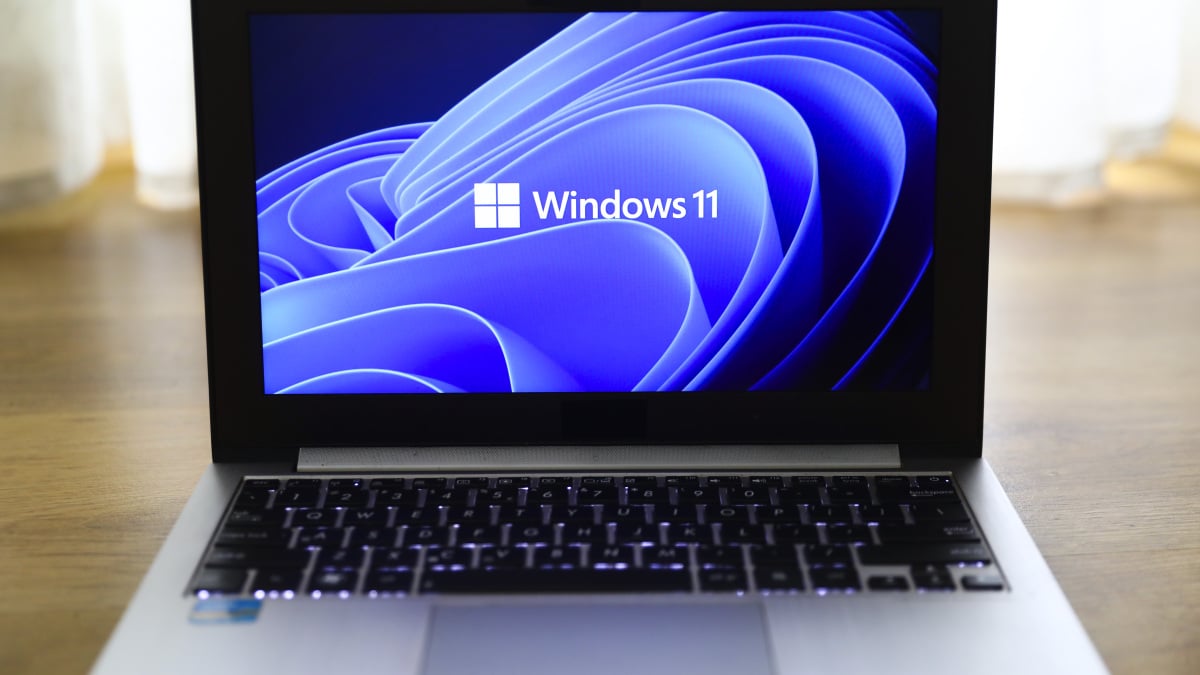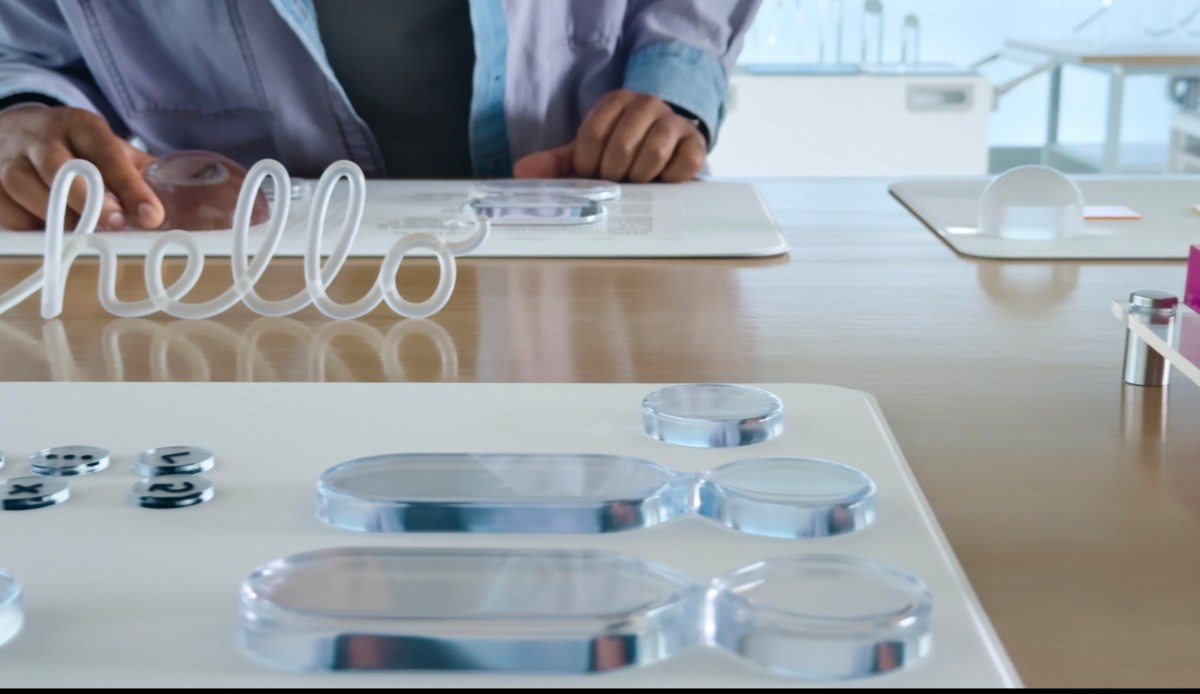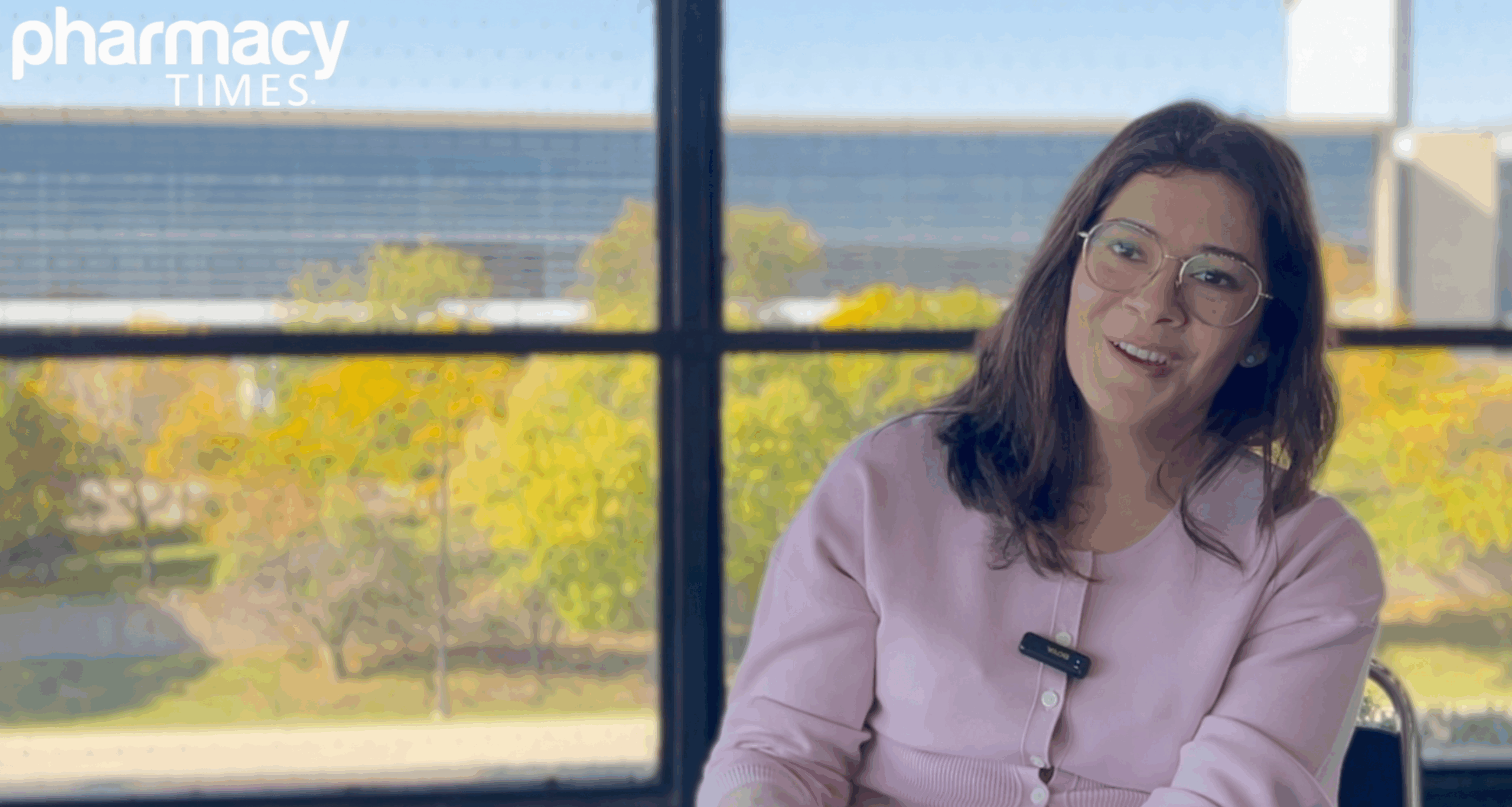British Early Years Centre (BEYC) in Bangkok is a school known for its innovative educational approaches and nature-based learning philosophy. Through the use of an IQAir AirVisual Monitor, this international kindergarten helps protect students from air pollution while sparking awareness about the environment (1).
An environment built for health, safety, and discovery
Located in the family-friendly Ari neighborhood, BEYC caters to children ages 2 to 6, blending the British Early Years Foundation Stage Curriculum with Reggio Emilia principles like child-led learning and hands-on exploration.
“Our philosophy is that the environment is the third teacher,” says Ms Liv, Head of School at BEYC. “If air quality is part of our environment, then understanding it becomes part of the learning journey.”
For BEYC, air quality monitoring is a natural extension of its broader health-first policies. From its allergen-controlled campus and gluten-free meals to the use of natural materials and handmade organic soaps, BEYC’s daily operations reflect a commitment to child wellness.
How air quality data shapes daily decisions
Air quality data from the school’s IQAir AirVisual Monitor plays a practical role in daily safety decisions. When PM2.5 levels rise, teachers take swift action—adjusting outdoor play schedules, moving activities indoors, and ensuring windows remain closed to limit exposure.
“Our air quality monitor gives us clear, real-time information we can act on,” explains Liv. “It makes invisible risks visible—for both teachers and families.”
Staff members regularly reference the AQI (Air Quality Index) before outdoor play, and families are encouraged to check the school’s public air quality feed online, thanks to BEYC’s participation on IQAir’s AirVisual platform.
Turning air quality into a teachable moment
At BEYC, air quality monitoring isn’t just about risk mitigation—it’s also a learning tool. The Reggio Emilia philosophy emphasizes following children’s natural curiosity, and the AirVisual monitor often sparks questions from students:
- “Why is the air red today?”
- “What does PM2.5 mean?”
- “How can we make the air better?”
Teachers use these moments to introduce age-appropriate discussions about pollution, environmental responsibility, and how children can help care for their world.
“Even at this young age, our students are beginning to make the connection between what they see on the air quality display and the choices we make that day,” says Liv. “That’s powerful learning.”
Community impact beyond the classroom
BEYC’s air quality station doesn’t just serve the school. With nearly 35,000 followers, their IQAir contributor profile has become a primary resource for the community to understand local air quality.
“It’s incredible to think our data is helping so many people make important daily decisions about their health,” Liv said. “The platform makes sharing our data simple and meaningful,” says Liv. “It allows us to help families here in our area—and contributes to the wider air quality conversation globally.”
With nearly 35,000 followers, their IQAir contributor profile has become a primary resource for the community to understand local air quality.
BEYC’s participation is part of IQAir’s global school air monitoring initiative, a growing network of educational institutions helping to build one of the world’s most comprehensive air quality data networks.
Conclusion
British Early Years Centre shows that air quality awareness and education aren’t just for older students. By integrating IQAir’s monitoring technology into its health policies and curriculum, BEYC is equipping young learners with tools for understanding and protecting their well-being.
In Bangkok, where pollution is a concern, BEYC stands as an example of how schools can empower children and families to make informed, healthy choices—one data point, one teaching moment, and one curious question at a time.






